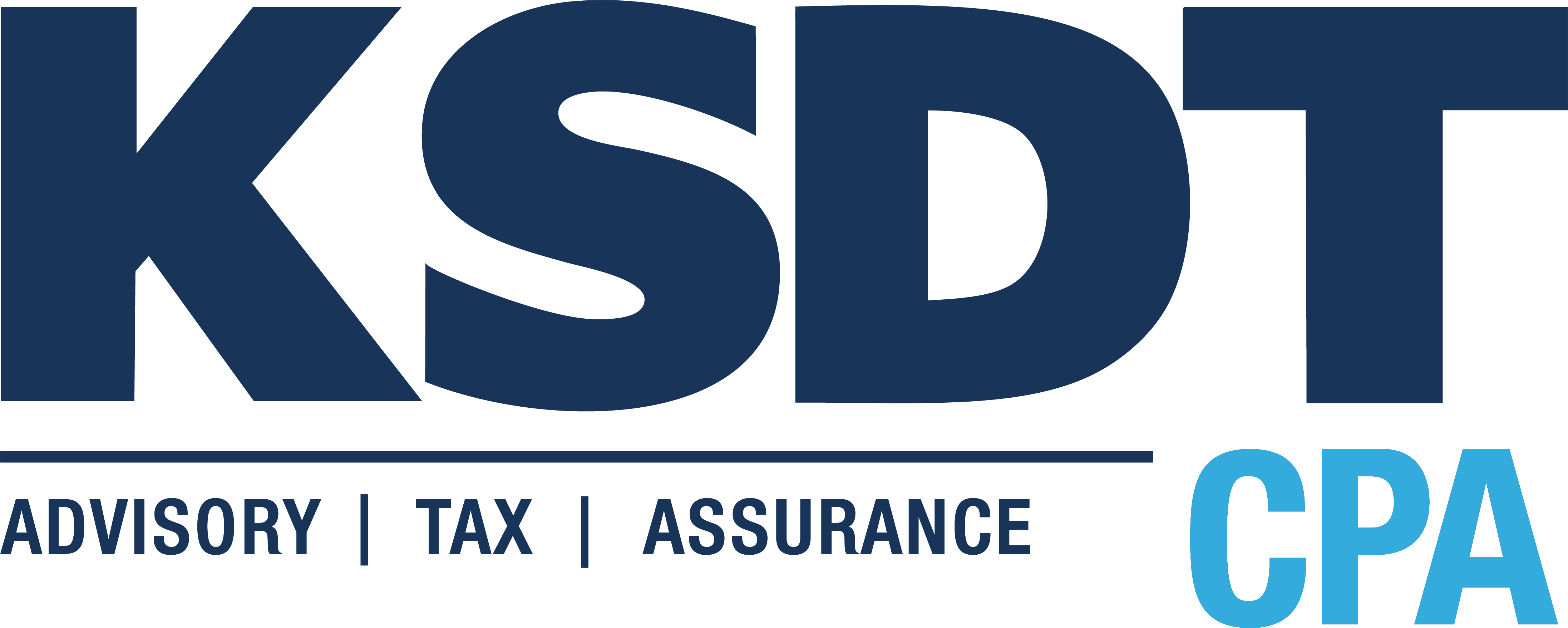Time is the most precious resource on the planet, but sometimes we don’t treat it that way. In our businesses, it’s important to get everything done, but we can also get overwhelmed with all the little things that need to be done to take care of customers. Read more
A great exercise to bring this home is to track what you do in one day. You can write a diary as you go through the day or simply recall what you did at the end of the day. List the tasks you did; then write the hourly market rate of each task you did next to the task.
Did you spend time on low-level tasks such as email cleanup, filing, order-taking, order filling, or handling routine customer questions? Or did you spend time calling up power partners, dreaming up new products or services, or restyling your marketing message so that it’s more impactful and reaches more customers?
What was the average hourly rate of the tasks you did today? Multiply that by 2,000 hours and compare it your gross revenues. If your gross revenues were higher than the value of the tasks you did today, then your revenue might be stagnant. If your annualized day was worth more than your gross revenues, then congratulations; you’re moving up and giving yourself a raise. Your business is likely growing.
If you’d like a raise, then the first thing to do is to start delegating the lower level tasks that are eating up all your time. They might be a comfortable way for you to pass the time, but they could also be keeping you stuck, overwhelmed, and moving toward burnout.
We all have the same amount of time each day. If we can free up our time to focus on more powerful action items that move our business forward instead of the chores that clog our progress, then our success will accelerate.
